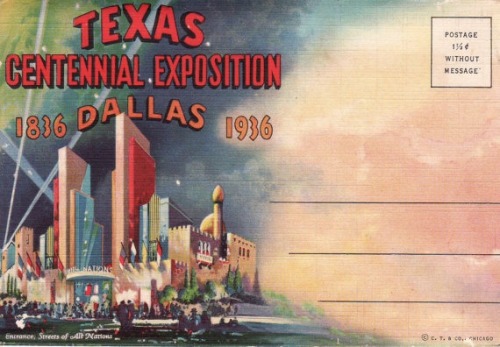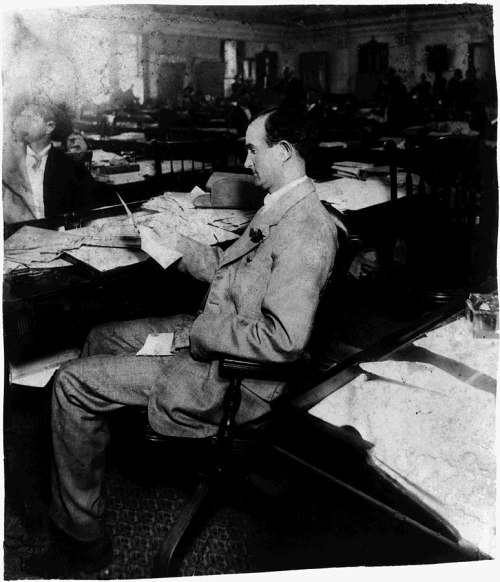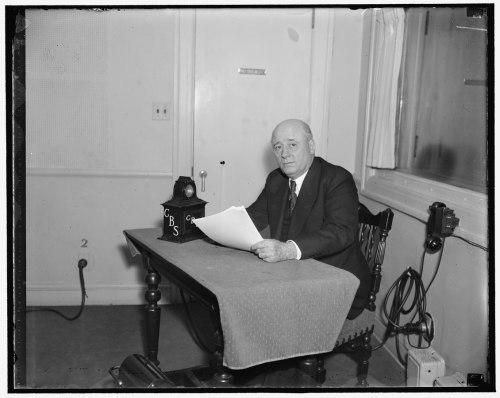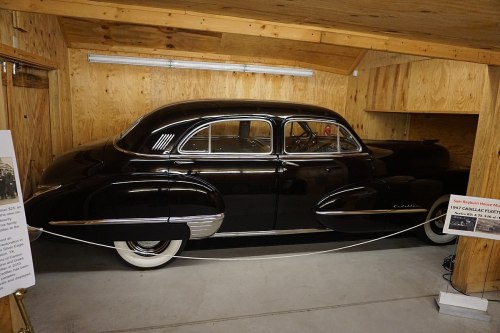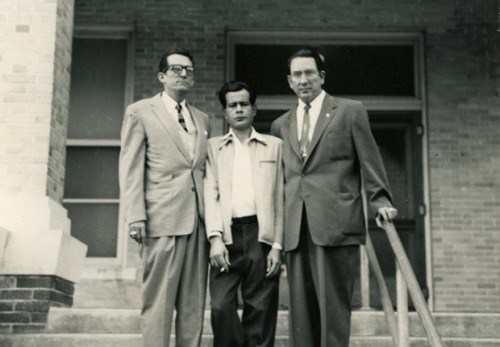

Formation
As the United States geared up for World War II after Pearl Harbor, it became clear that there were not enough military pilots to serve both home and abroad. Two women sprang into action to address this need. Nancy Harkness Love and Jacqueline Cochran both began lobbying for using women pilots in the war effort in 1941, but it would take a while for the lack of male pilots to be felt and overcome the prejudice against female pilots. In the summer of 1942, Love began recruiting women under the direction of the American Army Air Force and they were commissioned in September as the Women’s Auxiliary Ferrying Squadron to ferry airplanes from factories to flight schools across the country. Meanwhile, Jacqueline Cochran had returned from setting up a similar group in Britain and was put in charge of the Women’s Flying Training Detachment in November of the same year under the Army Air Force commander, General Arnold. The first class of WFTDs started training at the Houston Municipal Airport before more permanent quarters were found for them in Sweetwater, Texas at the Avenger Airfield. Both groups continued to operate until August 1943 when they were merged to form the Women’s Airforce Service Pilots under Jacqueline Cochran.

Training and Duties
At Avenger Field, the women were subject to military order, but were still considered civilians. They had to pay for their room and board and had no benefits if they were ill. The women were required to already have some flying experience, but also received addition training. They gained about 210 hours of flight time, spread between several of the most used military aircraft, and 285 hours of classroom instruction over seven months. Male pilots would often come visit the training grounds and Avenger Field was eventually limited to emergency landings only to prevent them from disrupting the women’s training, though that didn’t stop men from planning emergency landings to get a chance to spend time with the women. The planes were not designed for the women’s smaller frames and the WASPs would often carry extra parachutes to be used as booster seats. Despite this, these women often ferried some of the largest aircraft, including B-17 bombers. As they proved themselves as pilots, they were tapped to drag targets for live ammunition target practice, helped with flight training, and tested damaged aircraft. The WASPs were often the first to fly a plane off the line or after it had been repaired, jobs which required numerous emergency landings. Altogether, 1,074 women graduated from the program at Avenger Field, 38 of whom would die in the line of duty. Jacqueline Cochran refused to accept black women as WASPs – she was afraid their presence would jeopardize the program – but two Chinese women were accepted, one of whom, Hazel Ying Lee, died in a plane crash. Altogether, the WASPs ferried more than 12,000 planes and flew 60 million miles between 1942 and the end of the abrupt end of the program in December 1944.

Delayed Recognition
The WASPs were never officially considered part of the military. In 1944, General Arnold supported a bill in congress to make the WASPs part of the regular military, but it failed. As the war wound down in Europe and more male pilots returned, the WASPs were considered superfluous and the program was terminated. The women were left in whatever city they happened to be in with no resources. The other WASPs would take up collections to help them get home. Since they weren’t considered veterans, they also had no access to veteran’s benefits, such as health care or education. Most of the women continued on with their lives, keeping in touch and forming reunion groups as the women aged, but not talking too much about their service. Then, in 1976, the Air Force released a statement they were accepting women to be pilots and it would be the first time women had flown for the Air Force. The WASPs were furious at the erasure of their history. After persistent lobbying, Congress granted the women veteran status in 1977. The women began speaking more about their service and built an archive at Texas Women’s University. Today, Dr. Katherine Sharp Landdeck of Texas Women’s University is one of the experts on the WASPs and has done a lot to bring their story into the public eye. She was interviewed a few years ago on the Stuff You Missed in History podcast [Part 1, Part 2], and has a book forthcoming in 2020, The Women with Silver Wings, which has already been optioned as a film. In 2010, the WASPs received the Congressional Gold Medal, though by that time, only about 300 of the WASPs were still alive. And the fight for their legacy continues. In 2018, the Texas Board of Education included the WASPs on a list of figures to remove from Texas history books in an effort to “streamline” curriculum, though the motion failed after public outcry.








